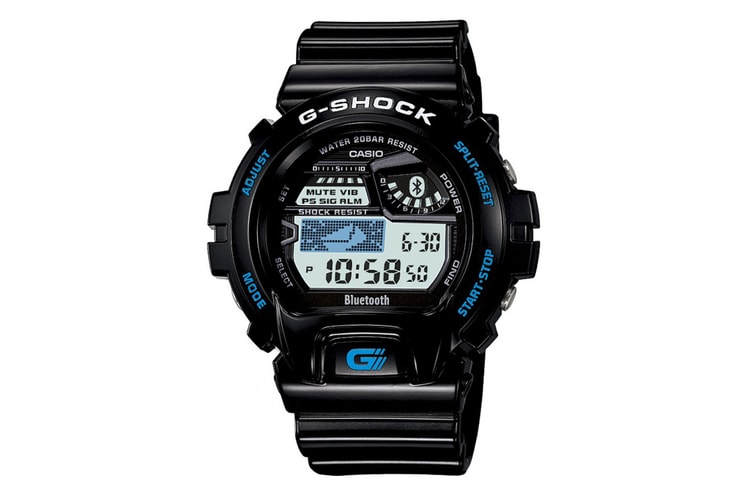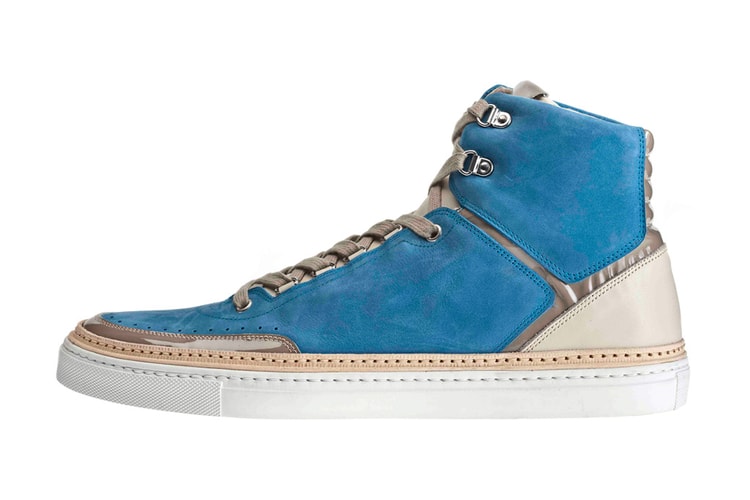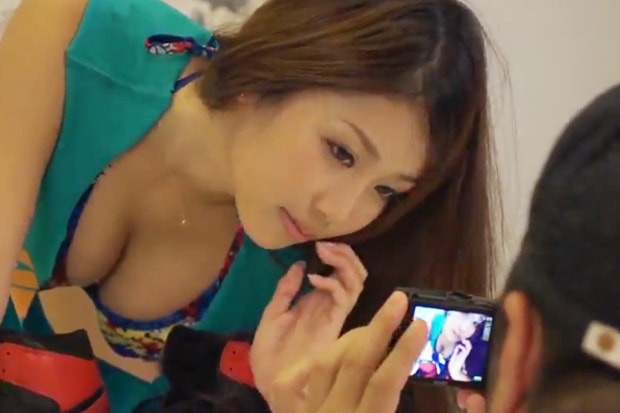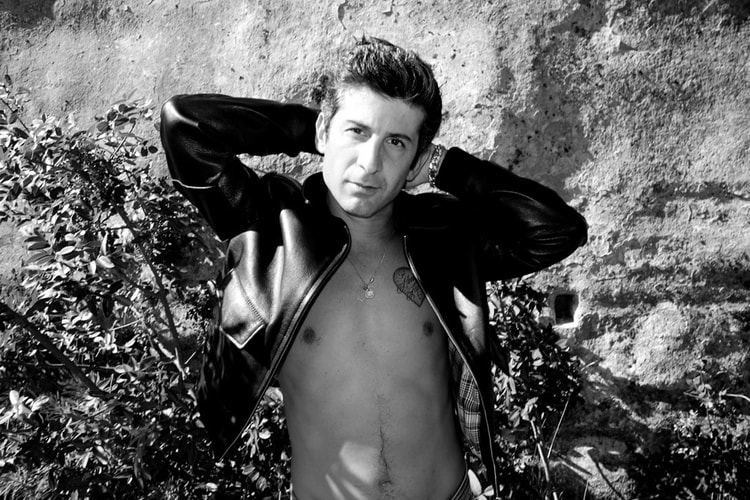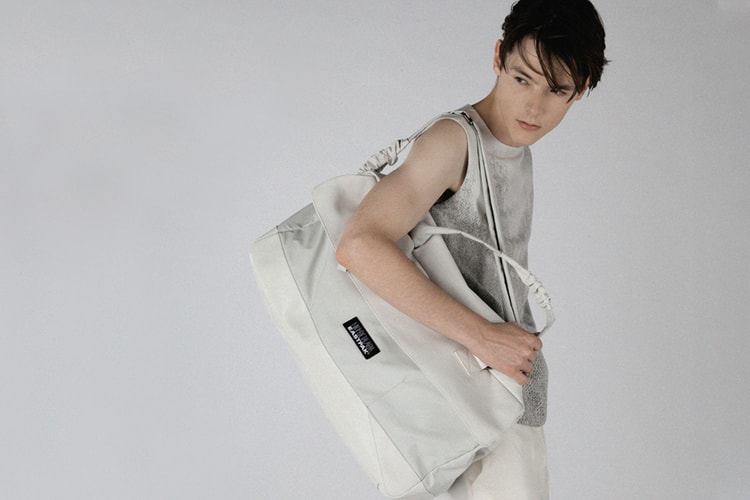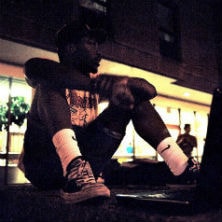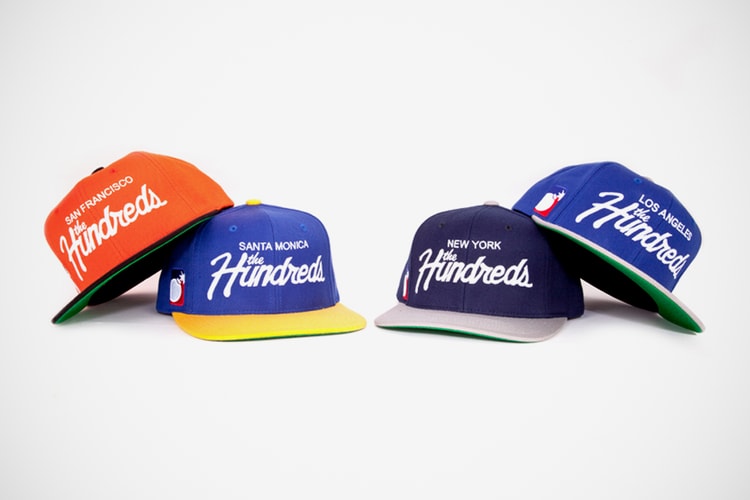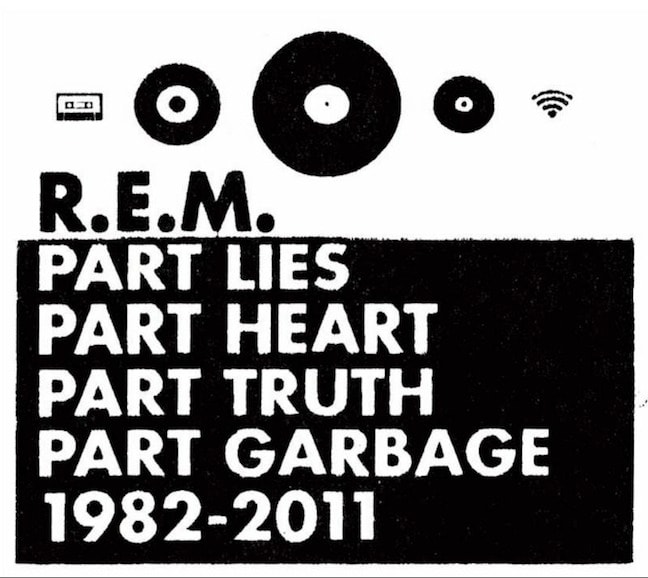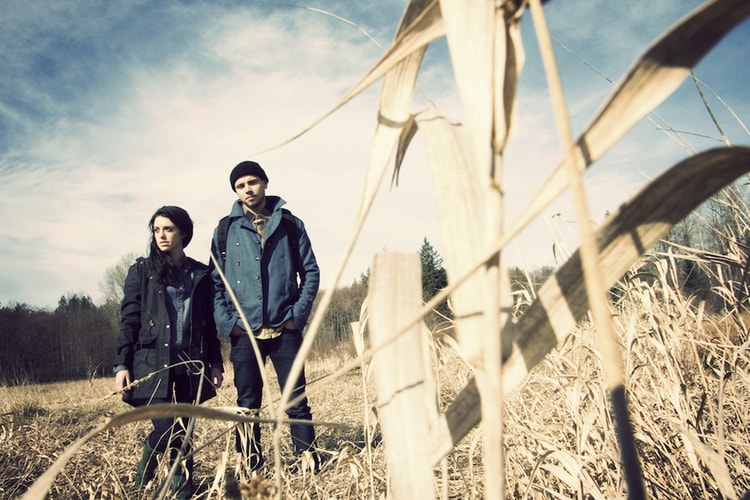The Observer: HUMAN MADE: BATHING APE’S BOY WONDER GOES VINTAGE
Much talk has surrounded A Bathing Ape founder NIGO’s latest fashion endeavor with HUMAN MADE. The

Much talk has surrounded A Bathing Ape founder NIGO’s latest fashion endeavor with HUMAN MADE. The brand who combines archival style with critically acclaimed quality thanks to Warehouse enters as an interesting brand. Given the positioning of workwear and archival fashion as more on the subtle side, the more visually stimulating direction of HUMAN MADE will leave the traditionalists scratching their head and the usual streetwear crowd unsure of the graphical approach and pricing that goes along with it. Regardless, NIGO speaks with TANK Magazine for an extensive talk into the new HUMAN MADE brand as well as his thoughts on vintage Americana and the intersection of the web and fashion walks. Several questions can be seen below.
Human Made seems intensely personal, even intimate. Is that something you intended all along?
Nigo: Yep. In making it, I wanted to do something that was the anthithesis of the way that fashion has gone, where everything’s fast fashion, disposable: buy, use, throw away. I wanted to make something that had some weight and value to it – the materials used, the method of construction. And as a balance to Ape, which has become quite big and well known. This is more about the personal connection to the clothing that I make and the clothes that the customers buy. For me, obviously, but I hope the people who buy it will have the same feeling too. There’s something quite important about that connection.
Like the idea of ‘vintage’, the fashion collaboration was something quite novel and small-scale when it evolved in Tokyo in the 1990s. But also, like vintage, it’s ubiquitous in the industry at all levels now.
I’m definitely very over it and quite bored of the whole idea of collaboration as a means of doing something creative. You may be right to point out that Harajuku was where that started, as a kind of marketing tool I guess, but it wasn’t thought of like that then. There was something genuine about it and it was usually on a very small level between real friends, who just happened to be doing things on different brands and found it fun to work together. Then big companies started to get involved, and then it would end up just as two big companies combining. It becomes quite boring.
And what do you make of the ongoing dominance of vintage references and heritage fashion, especially in menswear, today?
Analysing it in a trend-based way, when the economy’s poor, people want to buy clothes that they feel are kind of above fashion or outside of fashion. When things are doing well, it’s good for people to recognise that you’re wearing the new season of something, and not to wear last year’s clothes. But when things are slow and average, you tend to see people get bored of fashion and wear something they’ve had for 20 years, or at least wear something that looks like they’ve had it for 20 years. I think part of the reason it’s become this popular is something as simple as that, it’s actually partly the global economic trend.
Do you ever yearn for that kind of obsession with new fabrics and futurism that still seemed to be important in 1990s fashion?
I enjoyed those times too, wearing the new shit all the time. But I also feel that the current heritage thing actually has a lot to do with the workwear boom that happened in the ‘90s too. Now, it’s like vintage versions of workwear instead of the contemporary styles that were popular then, but the shapes are basically the same. It’s on that cycle. If you were to wear some of those things we were wearing in the ‘90s now, they’d look pretty dated, as they’ve changed the shapes, but it’s the same flavour just slightly updated. It probably still speaks to the people who were into it then, when it was quite a tight scene, but it’s more mainstream now.
Does that kind of precision, or scarcity of materials, mean you will always have to make certain pieces in very small numbers?
With some pieces, there are only 50 in the world. To go up to a bigger level of production would involve settling for the level of quality and finish of a good contemporary pair of premium jeans – which is great, but it would be a step down because those companies are still working at much bigger scale. There’s a lot of handiwork in Human Made. Often, you wouldn’t know exactly what was giving the garment its feel until the tiny details were pointed out, but you’d sense it, and it would have to be made certain way to elicit that response. If you cut back on those details to save time or money, you lose some of that feel. Every season, I will pick about 100 items and then we go through the process of trying to work out which ones they can make.



